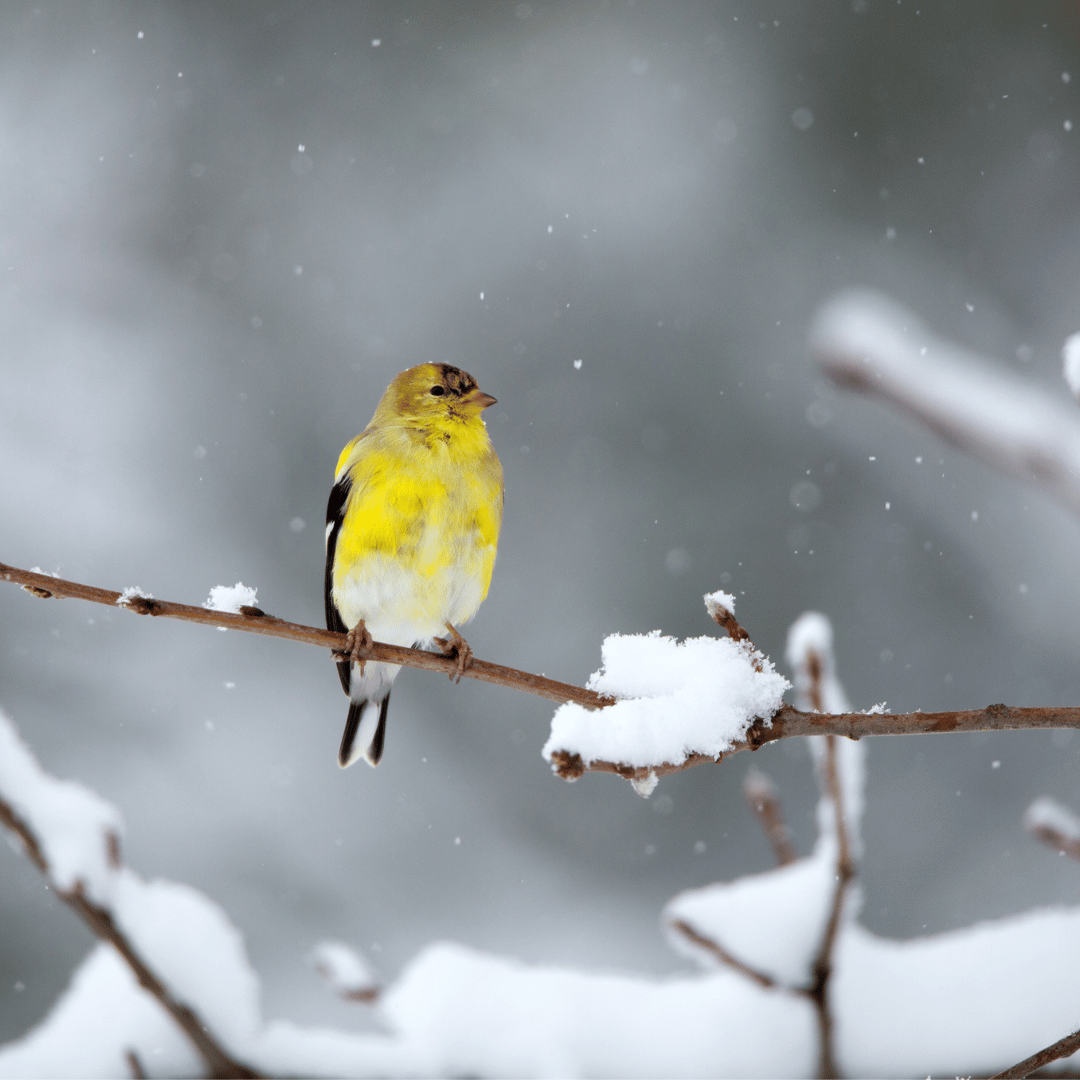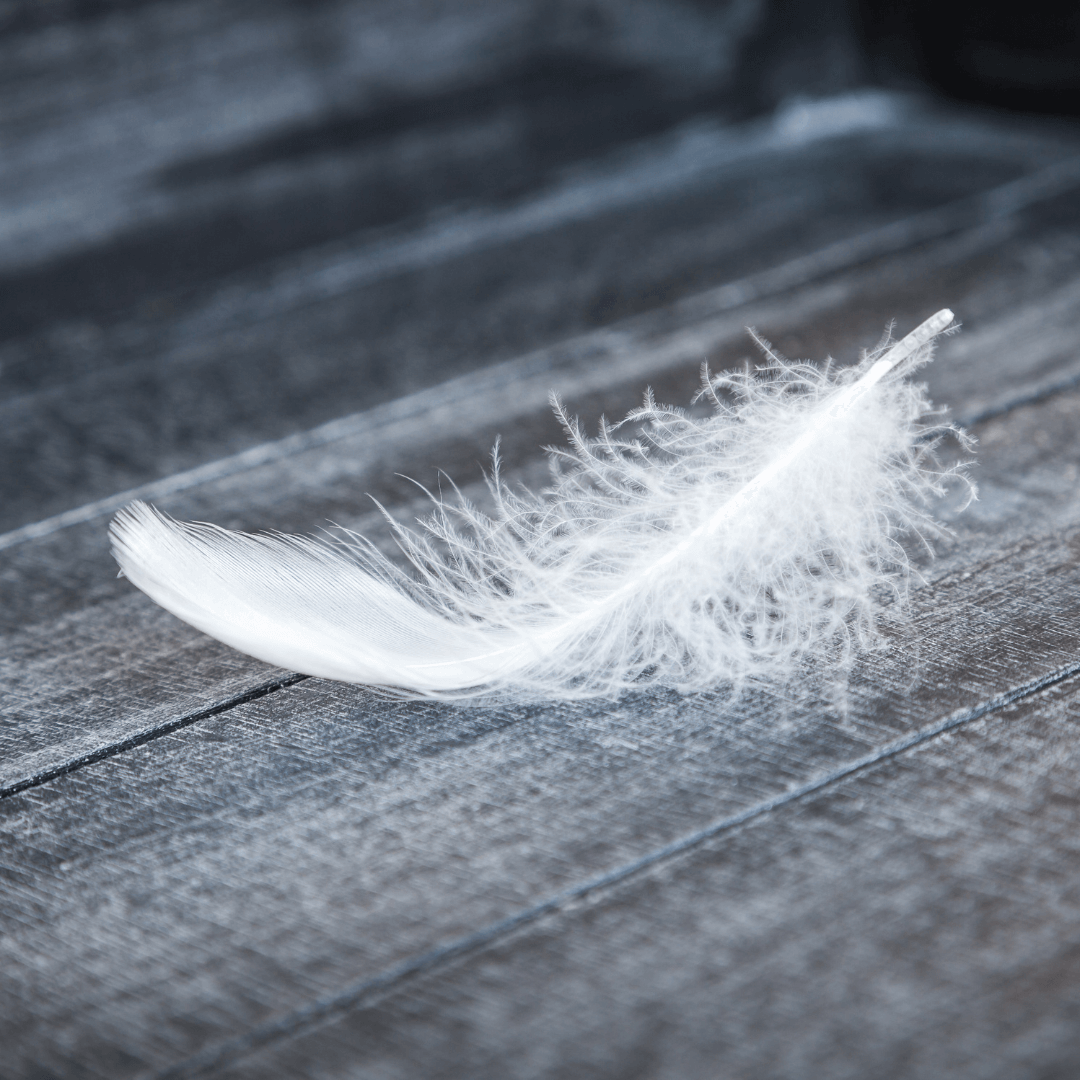How do birds stay warm in the Winter?
As winter settles in and temperatures drop across New Zealand, have you ever wondered how your garden birds stay warm?
From the iconic Tui to the cheeky Blackbird, New Zealand's birds have evolved remarkable adaptations that help them thrive in cold conditions. In this blog post, we will delve into the fascinating strategies employed by our feathered friends to stay cosy and maintain their body temperatures in the frosty months.
Five ways birds stay warm in cold weather.
1. Feathers are an integral part of New Zealand's bird life. These incredible structures don't just look pretty they are also nature's insulation. Down feathers, found closest to the bird's body, play a crucial role by trapping warm air and minimizing heat loss, this allows them to maintain a comfortable body temperature even when temperatures plummet.
2. Preening is not just to keep New Zealand's birds looking good, it's a vital part of their survival strategy. Birds meticulously clean and maintain their feathers through preening, which helps distribute natural oils produced by their preen glands. These oils are waterproofing agents, ensuring the feathers remain dry and maintain their insulation properties. By diligently preening, our feathered friends are well-equipped to handle winter's chilly and damp conditions.
More about bird feathers and how they work.
3. By fluffing up their feathers, New Zealand Birds create air pockets that provide an extra layer of insulation. This "feathered winter coat" helps them retain body heat, keeping them warm and cosy even in the frostiest of weather. So, next time you see a bird with its feathers puffed up, know it's their way of staying snug in the face of winter's chill.
Find out where birds go during a storm.
4. During winter, roosting, or huddling together in a cosy spot, is critical to survival for many of New Zealand's birds. They seek sheltered locations such as tree hollows, dense foliage, or birdhouses. By snuggling up close with other birds, they can share body heat and create a microclimate that provides additional warmth. This collective effort helps them endure the cold nights and icy mornings, showcasing the power of unity in nature.
5. Quality food is vital for birds in the cold winter months. They need more energy to stay warm so it's important they increase their fat and calorie intake. New Zealand's birds accomplish this by consuming a diet rich in high-energy foods like seeds, nuts and nectar. These nutritious meals fuel their internal furnace, helping them generate heat and maintain their body temperature in the chilly season.
So as we head inside to stay warm, take some time to think about the wild birds we kohabit our gardens with, they have a tough few months ahead of them. But it's easy to help them thrive throughout the winter. Simply hang up some easy-to-use bird feeders with some high-quality bird food. Or put up a birdhouse to give them warm shelter. Then sit back with a cuppa and enjoy watching them, knowing you are supporting your featured friends.





